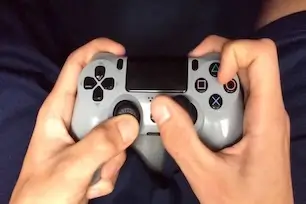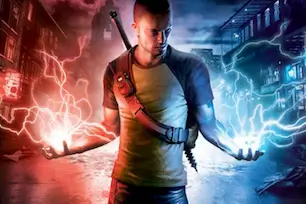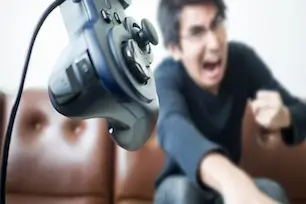When Google unveiled Google Stadia at the 2019 Game Developers Conference, it pitched a future without consoles, discs, or downloads; just pure, instant cloud gaming.
With the power of Google’s massive data centers, Stadia promised that you could play high-end games anywhere, from your living room TV to your laptop or even your phone.
The Table of Contents
It was an exciting idea — bold, futuristic, and seemingly inevitable. But here’s the thing: less than four years later, Stadia was gone. Officially shut down in January 2023, it’s now another entry in the growing list of ambitious Google experiments that didn’t survive.
And I’ll admit… even though Google’s idea was innovative at the time, I get a little self-enjoyment whenever I hear about a Google product failing. Maybe it’s the underdog in me rooting against a tech giant that’s “too big to fail” — and then watching them do just that.
The Promise of Stadia
Google’s pitch was simple but revolutionary. Stadia wasn’t a console — it was a platform-independent gaming ecosystem that lived entirely in the cloud. Some of its most talked-about features included: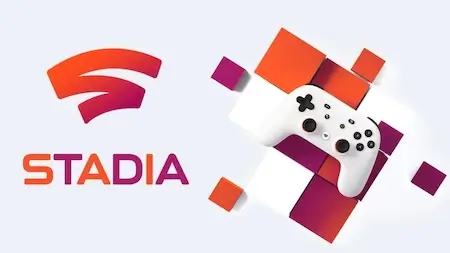
- No hardware barrier – Games streamed directly from Google’s servers, no expensive console or gaming PC required.
- Powerful cloud specs – At 10.7 teraflops, Stadia’s GPU outclassed the PS4 Pro and Xbox One X at launch.
- 4K at 60fps streaming – With promises of 8K at 120fps down the road.
- Instant play from YouTube – Watch a trailer or stream, click “Play Now,” and you’re in the game within seconds.
- Cross-device play – Start on your TV, switch to your laptop, pick it back up on your phone — no downloads or installs.This seamless experience reflects the growing trend to play games anywhere, breaking free from traditional hardware limits.
- Exclusive Stadia Controller – Wi-Fi connected, low latency, with built-in Google Assistant support.
Google even lined up partners like Unity, Unreal Engine, and major publishers to give the platform credibility. This kind of collaboration also highlighted interconnected game play, where multiple technologies and platforms work together to create a seamless experience for players.
The Hype Stage
When Stadia launched in November 2019, it felt like a big deal. The idea that you could run Assassin’s Creed Odyssey or Destiny 2 on a basic Chromebook or phone was mind-blowing for anyone who’d lugged around a gaming laptop.
Chrome and YouTube integration made it feel like gaming was about to be as frictionless as watching a video. On paper, Stadia had the ingredients to be the “Netflix of games.”
Where It Fell Apart
But the dream unraveled fast. Stadia ran into issues that Google never really solved:
- Limited game library – Without enough exclusives or consistent third-party support, there was no reason to pick Stadia over consoles or PC.
- Internet dependency – If you didn’t have a rock-solid connection, you’d get lag, stutter, or resolution drops. Not great for competitive games.
- Confusing business model – Stadia Pro required a subscription, but you still had to buy most games at full price.
- Slow feature rollouts – Promised features like universal 4K streaming took too long to arrive.
- Heavy competition – Xbox Cloud Gaming, NVIDIA GeForce Now, and eventually Amazon Luna all offered larger libraries and clearer value.
The Shutdown
In September 2022, Google announced Stadia would officially close on January 18, 2023. To their credit, Google refunded all Stadia hardware and software purchases — a rare move in gaming — but it didn’t change the fact that the platform had failed to attract a sustainable user base.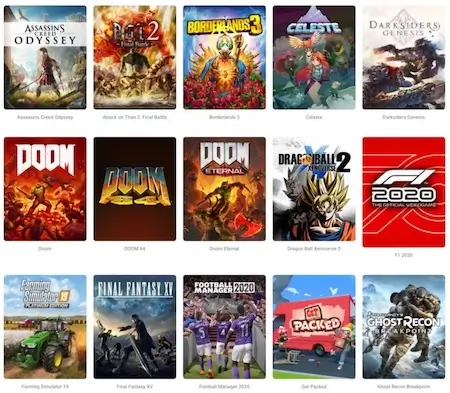
The Legacy of Stadia
Even though Stadia didn’t survive, it did leave a mark:
- Proved cloud gaming could work – Low-latency, high-resolution streaming at scale was possible.
- Pushed competitors forward – Microsoft, NVIDIA, and Amazon accelerated their own services to compete.
- Improved infrastructure – Google’s investments in server locations and bandwidth helped advance streaming technology in gaming.
The Retro Wrap Up & Final Thoughts
The rise and fall of Google Stadia is a perfect reminder that cutting-edge tech alone isn’t enough to win in gaming. You need games people have to play, a clear value proposition, and a deep understanding of what players actually want.
Google had the tech and the vision, but not the execution. And for all the gamers who were burned — or for those of us who can’t help but smirk when a tech giant stumbles — Stadia will forever be “the one that could have been.”
Frequently Asked Questions
What happened to Google Stadia?
- Google Stadia shut down on January 18, 2023, after failing to gain enough players and strong game library support.
How does Google Stadia work?
- Google Stadia streamed games from Google’s servers to devices via the cloud, removing the need for a physical console.
Can you still use Google Stadia?
- No, the Stadia service is no longer active, but some hardware like the controller can still be used with other devices.
What games were on Google Stadia?
- Stadia’s library included titles like Assassin’s Creed Odyssey, Destiny 2, Cyberpunk 2077, and Red Dead Redemption 2.
What to do with a Google Stadia controller?
- You can enable Bluetooth mode to use the Stadia controller on PCs, Android devices, and some other platforms.





